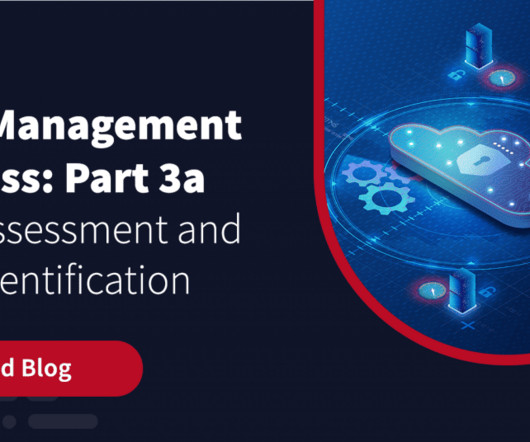Business Continuity and Risk Management
BCP Builder
FEBRUARY 1, 2024
However, some Business Continuity Plans may contain lower level risks that are important to the department but not significant to the organization as a whole Risk Management is focused on the mitigation of issues and Business Continuity is more concerned about a worst case scenario action plan.


















Let's personalize your content